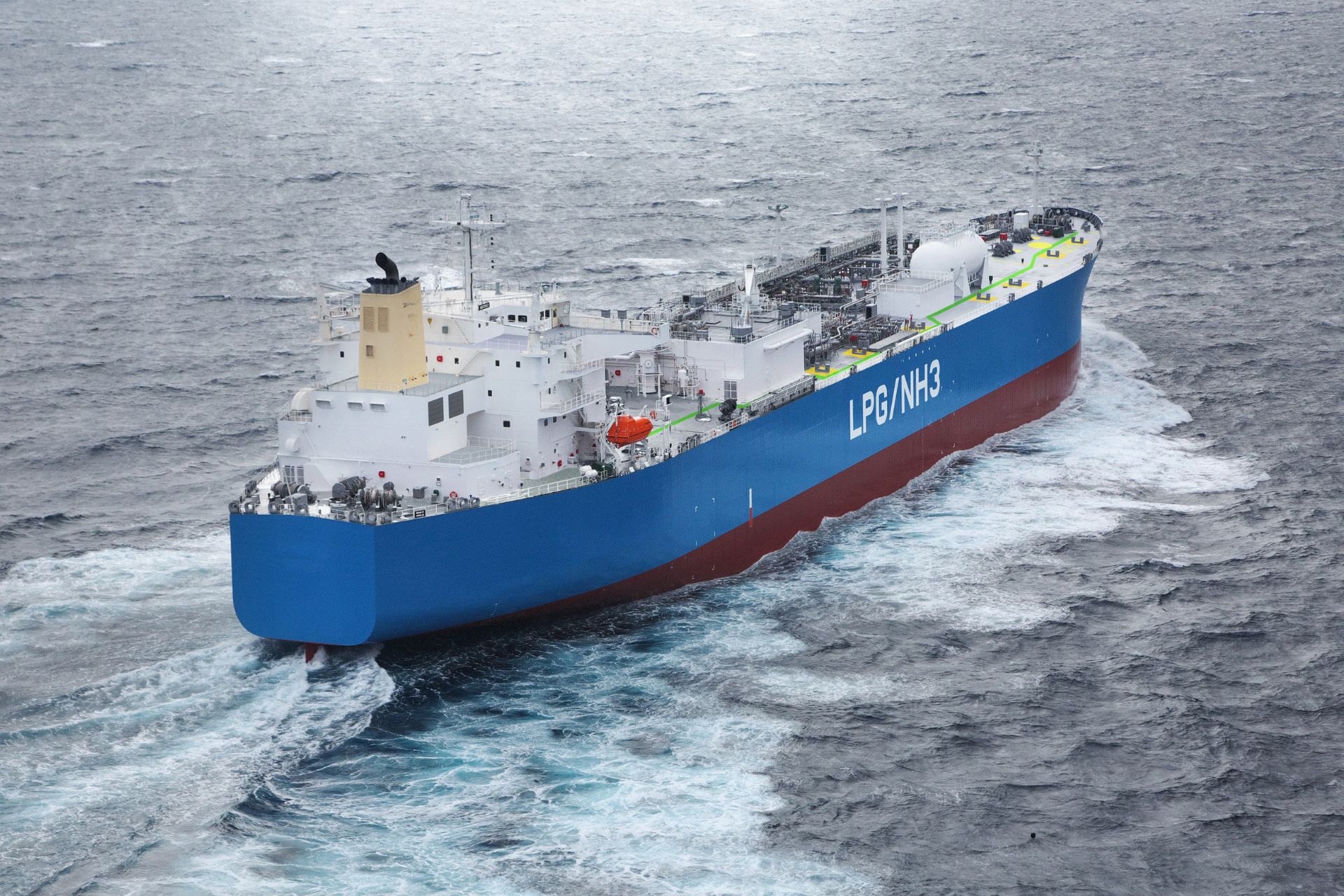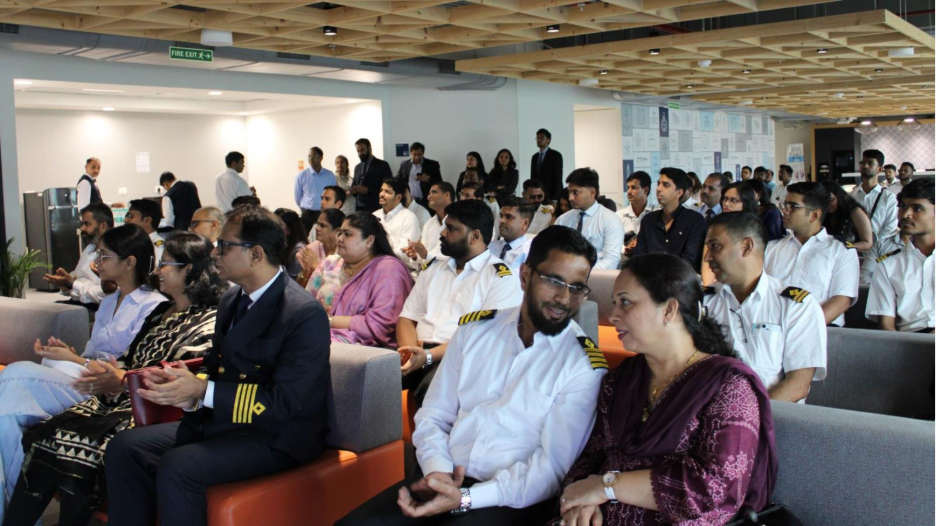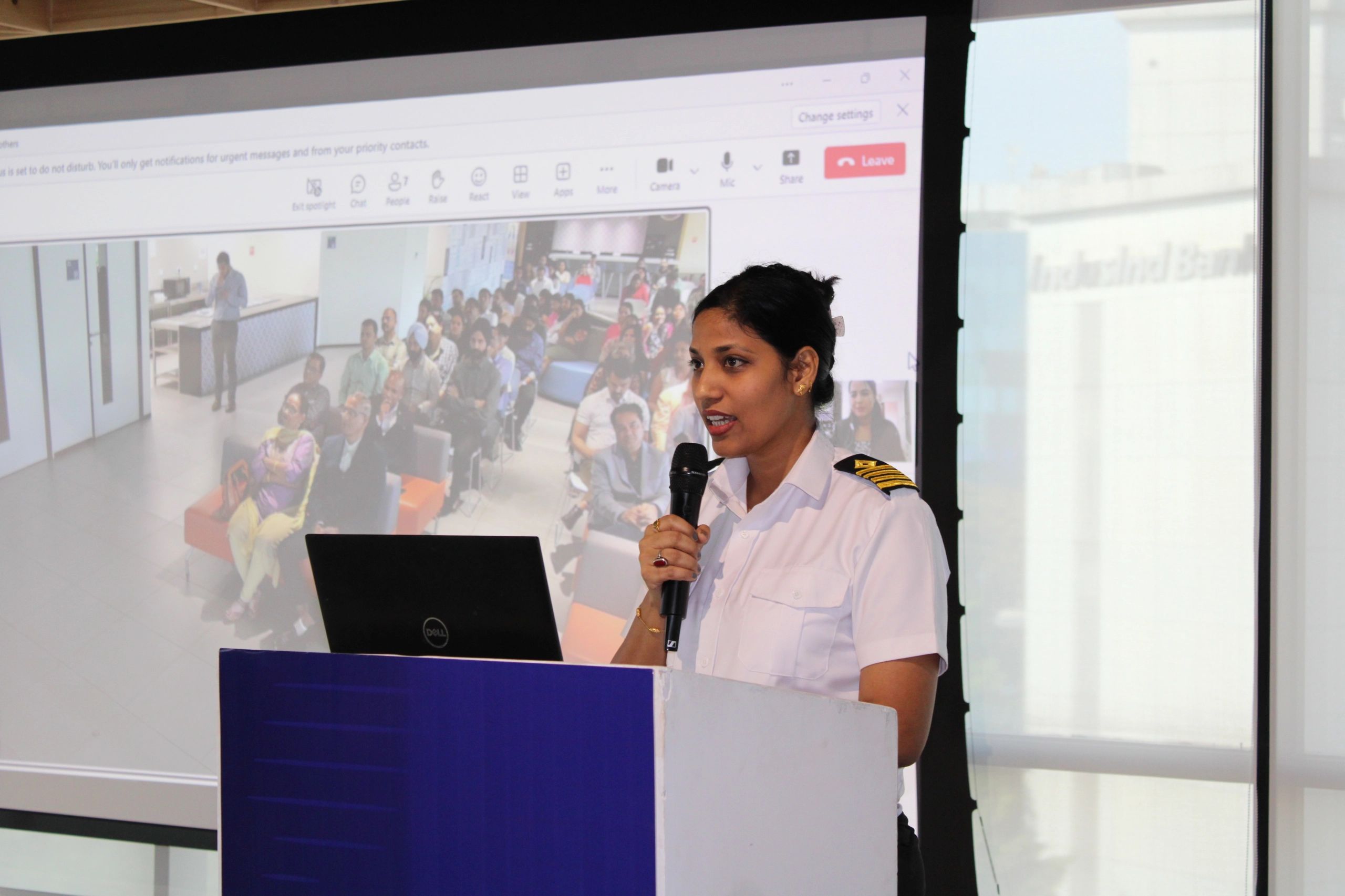
Ammonia could solve a major issue for the maritime transportation industry – how to reduce the carbon emissions produced by the vessels keeping the wheels of the global economy turning. An approval from the American Bureau of Shipping of a new ammonia-bunkering barge solves part of the supply chain challenge and brings the promise of zero carbon shipping one step closer.
From flooding to hurricanes, extreme weather events remind us of the urgency to reduce carbon emissions to combat climate change. Every sector needs to look hard at how it can play its part in combatting climate change, including the maritime industry.
So it is good news indeed that the American Bureau of Shipping (ABS) announced its approval in principle of the initial design for an ammonia bunkering articulated tug-barge (AB-ATB) for use along the East coast of the United States. The approval in principle brings ammonia bunkering one step closer, and is a significant milestone on the journey to creating a net zero maritime transportation industry.
Green fuel
Ammonia is produced commercially via a catalytic reaction of nitrogen and hydrogen at high temperature and pressure, and most – around 85% - is used to make fertiliser.
For the maritime industry, though, it presents a major opportunity to reduce carbon emissions by switching from fossil fuels to engines powered by ammonia. This would allow the industry to capitalise on the infrastructure that is already in place to store ammonia ensuring ready access to fuel across the world.
There are some challenges in using ammonia, though. Most notable is that even at low concentrations it can present a health hazard for crew members.
That makes the news from Houston, Texas all the more exciting. The design for the barge was created by VARD Marine US and supported by a wide range of maritime shipping partners including Fleet Management Limited.
The vessel is part of a wider feasibility study conducted to look at the whole supply chain for the procurement, transportation and storage of ammonia. This design is targeting operation in ports up and down the southern US to start, including Jacksonville (Florida), Brunswick (Georgia) and Savannah (Georgia).
The hope is that the approval in principle will encourage others to accelerate their work on other elements of the switch to ammonia-fuelled vessels.
A global effort
The work undertaken by ABS, Fleet Management and its partners Sumitomo Corporation and TOTE Services, working alongside the RADIUS Consortium which consists of A.P. Moller – Maersk A/S, FML, Georgia Ports Authority and Maersk Mc-Kinney Moller Center for Zero Carbon Shipping, is part of a wider, global effort to operationalise a fuel that could reduce carbon emissions by at least 20%.
Earlier this year, Singapore became the first port in the world to run a trial of ammonia as a marine fuel but there are other trials – and plans for trials – in Australia and Oman. It underlines the concerted effort required if ammonia is to become the fuel to drive the sector’s journey to net zero.
While there are few ammonia-powered vessels yet – the first commercial boat has only just launched – there are positive signs ahead with new commissions and retrofits underway in yards around the world.
There is still a long way to go, though, to ensure ammonia not only meets the needs of the industry for a fossil-fuel free alternative but also to safeguard seafarers. The work done by the Maritime and Port Authority of Singapore to get ready for its trial will stand us all in good stead but additional risk assessments will be needed, something the RADIUS Consortium is working hard on.
The approval of the AB-ATB design solves a significant part of the ammonia supply chain challenge and passing that milestone brings the industry one step closer to a mature solution. This is particularly important for the United States which, according to projections, is likely to account for more than 40% of the world’s supply of ammonia by the end of the decade.




.jpeg)




.png)






-min.png)
















.svg)